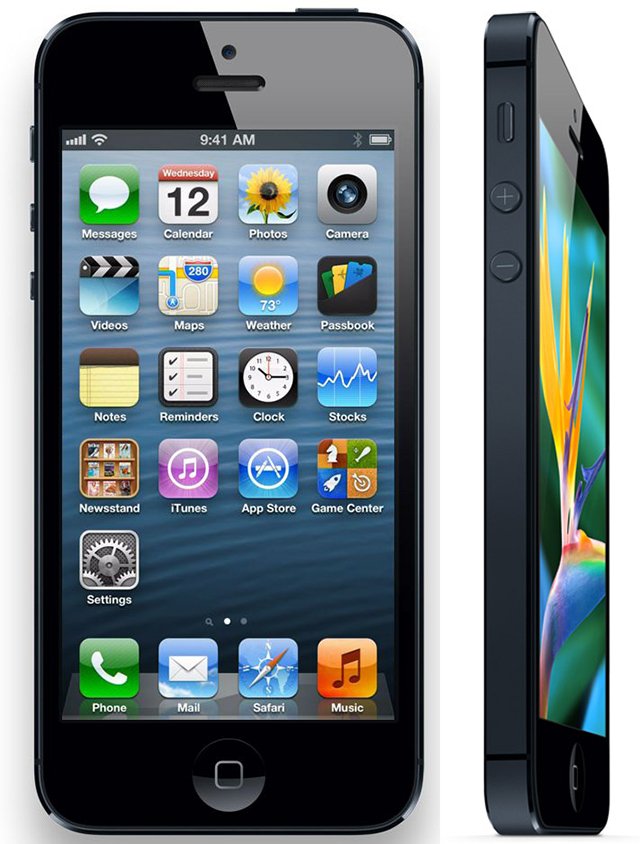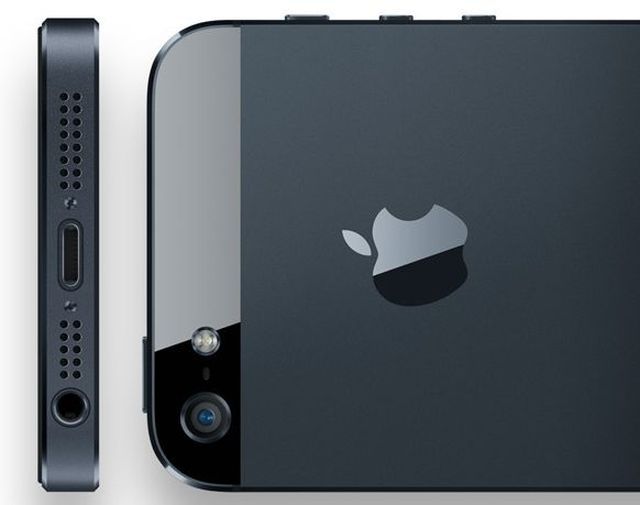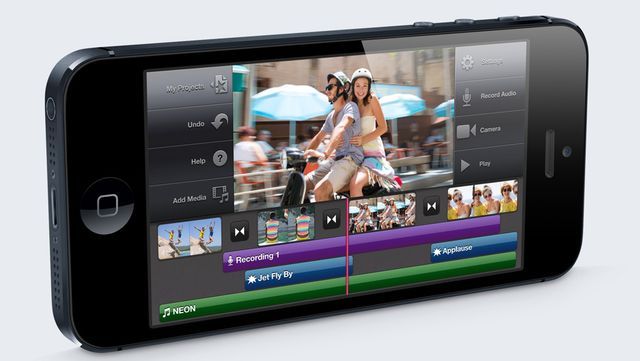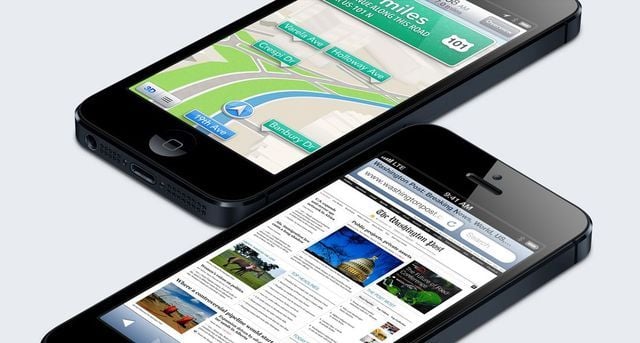Apple iPhone 5 Was Released – What's New, What's Interesting and What We Already Know
In one of the most anticipated events from IT of this half-year, Apple released the sixth generation of its mobile terminals, iPhone 5.
Over the months that have passed, a number of details about components of the new terminal emerged and, despite some reluctance, they turned reality. The new iPhone 5 has aluminum and glass case having a thickness of 7.6 mm, the thinnest phone of the moment and the weight fell by 20 percent over the previous generation, reaching 112 grams.
As you already know, the iPhone 5 brings a new connector for charging and data transfer. Called Lightning, it is 80 percent less than the old 30-pin connector has a flexible architecture and can be connected in any position, but gives up analog inputs. An adapter for existing peripherals will be offered by Apple, but the migration is announcing an expensive one if you have too many accessories purchased before.
The biggest change to the terminal is, however the screen. Previous generations have kept the same 3:2 ratio screen and the same size, but a tendency to seek terminal users with larger screens Apple forced to adopt a new format. iPhone 5 now provides a screen with a diagonal of 4″, 16:9 aspect ratio and a resolution of 1136 x 640 pixels, its density is slightly lower than the ones from 4 and 4S models, with 326 ppi to 336 so far.
The screen has improved over the previous generation, reaching the level of quality provided by 3rd generation iPad: complete coverage of sRGB and a saturated palette with 44 percent better than that of the iPhone 4S screen model. As rumored for some time, is bonded to the surface of the touchscreen protector, making the screen 30 percent thinner and allowing the entire terminal sizes to decrease.
All Apple applications have been updated to the new resolution, but current software will run with black borders until the moment of the update, but only if the application design does not use a dynamic array of the content.
If on software updates and on the case we have made an idea based on information leaked to the press and Beta versions of iOS operating system, its hardware platform has been shrouded in mystery. The enigmatic Apple A6 chip, the fourth model of the company, became official with the iPhone 5.
With a core based on ARM Cortex-A15 architecture, the second platform after Krait solutions from Qualcomm, Apple A6 promises a double performance benefit for both kernel and graphics processor, while reducing the chip size by 22 percent. Will benefit from this technological leap and autonomy, the phone promise 8 hours of 3G, 4G or 10 hours talk time and wireless connectivity and video playback.
The camera also saw an update. Some parameters such as resolution 8MP, BSI sensor, F/2.4 aperture, infrared filter and the objective that consists of five lenses seem to have changed from iPhone 4S, iPhone 5, however, raises a new image processor, a lens made of sapphire, new algorithms for dynamic adjustment of brightness in low light conditions, reducing the noise and a capture speed improved by 40 percent.
In terms of software, the camera of the iPhone 5 brings panoramic capture a total of 28mp resolution, superior stability and photo capture along with video capture. The front camera has seen a jump of 1.2 MP resolution, finally bringing FaceTime support connections via 3G/4G.
iPhone 4S was the company’s first handset to offer support “world mode” in the radio modem and the sixth generation introduces LTE support. The wireless connectivity has not been forgotten, Wi-Fi module offers dual-band 2.4GHz and 5GHz bands, compatible 802.11 a b/g/n and MIMO support for a maximum speed of 150Mbps. In terms of performance, iPhone 5 brings three microphones and standard support AMR-WB that provides call quality to a higher level.
The phone will be launched in several waves, by December, Apple plans to offer it in 100 countries.









 apple
apple 